-
Posts
2,264 -
Joined
-
Days Won
499
Everything posted by Kevin von Duuglas-Ittu
-
Non-Violence, Radiance and Muay Thai Simone Weil uncovers the rite-like secret to the beauty of Muay Thai's emphasis on control...the production of Radient Energy. This can only come from the potentials of violence. This is why its a martial sport and features the escalation of skill and spirit. A martial sport. What is compelling is that one cannot develope non-violent (less violent) skills without facing violence or without losing to violence in parts and inches.
-
As a side thought to the above, this short article talks a little about the history of Red Sonja's vow of chastity and her powers. One of the things that is brought up in this discussion is that for a woman to succeed in a men's space she often has to perform the kind of split personality contradiction of Red Sonja, either being visibly appealing, or de-sexualzing herself, and sometimes both at the same time (ie, the vow of chastity). She has talked about having to de-sexualize herself in Thai traditional gym spaces, and how that has negatively impacted her Muay.
-
Red Sonja, Female Badassery and Liberty Just finished Red Sonja: Consumed by Gail Simone and was pretty blown away by it, much of it probably because I didn't know the character and was just looking for some light adventure reading somewhere near "pulp". I need to relax my mind, and have had a hard time finding the right language for it all, so I thought this would be a vacation and a chance to just enjoy a hardcover book after all the pdfs I plough through. And well, it surprised me a great deal, and in fact it seriously impacted me. Some of this is likely because I have a warrior wife who in real life overcame some pretty serious childhood trauma and violence, and just became an insanely voracious fighter, fighting more pro fights than any woman on documented record, so already I have lived as an intimate witness of the very subject that is being taken on fictitiously, mythographically...and for that reason it cut to the core of many things I feel and even sense from all these years with Sylvie. And, I happened also to be reading Simone Weil's essay on the Iliad in overlap at one point, you can read that here "Poem of Force". The Iliad is one of my favorite works of all literature and Simone Weil cuts the core of what makes it like no other work. Reading the two at the same time, Red Sonja and Simone Weil's essay, actually allowed me to see a great deal of parallel between the novel and the ancient poem of war, and it just took the novel to another level for me. You can see some of my thought on Red Sonja as novel in this Reddit post and in comments. But now I'm reading back into her character (following the line of fan complaints that rejected Gail Simone's Red Sonja which had removed her chastity vow and her rape origin), and find myself thinking again about the Badass Female Fighter archetype, as it plays within (patriarchial, commercialized) society, something the female professional fighter is always dialogue with. I ran into these feminist objections to the Classic Red Sonja, who was rape and vow defined, in a very good counter argument essay on female Badassery: What is also interesting is that Gail Simone's Red Sonja: Consumed addresses and resolves each of the feminist objections to the Class Sonja, placing her within a different (likely feminist?) response to patriarchial desire. Classic Sonja seems born of First Wave feminism with at Paladin like knightly quality of fighting capacity and the renouncing, at some level, sexual desire - the supernatural key to her martial power. Simone's Sonja, at least in the novel, seems more a 3rd wave resolution where liberty consists of being able to follow desire without judgement. The novel also critiques social "masking", and in its materiality seems to lean into a liberty of action close to what Simone Weil describes of the Iliadic world, a world of dehumanizing forces.
-
I realized something watching Chatchai with Sylvie yesterday, that the order of action is quite important to unlocking Thai style. The foot moves, the weight transfers, and then the strike comes. The mind, the watching eyes, are only there to stop the strike from coming. It is like the archer who just draws the bow and lets it fly. String, arrow, string, arrow. But then the mind could hold the string and deny the shot if the timing isn't right. This is how Thais develop incredible speed in their retreating counting kicks for instance. The mind is only there to hold or delay the release, but the release comes from the feet, from that very moment the feet feel the weight. In this way, one is actually thinking with one's feet because every time your feet move and there is weight transfer the thought, a sort of itch, comes. The mind, decision-making, in this dynamic only acts as a retardant. The difficulty is that many, especially Westerners to the sport, have a different cycle of action. They instead look with their eyes, and use their Mind as trigger man. The Mind begins the propelling action, which then goes to the feet which are not properly ordered (and very often not all the way down to the feet at all, at the shoulder, or thigh, and then starts the strike. It is too late. The thought cannot begin there. Not only is it slow and behind the action, but duress from using the Mind in this way, as the trigger finger, produces tenseness in the body, and squeezes all the channels. The strike cannot come, and then its slowness produces further mental stress. And more, the Mind itself, that is the decisioning, trigger-mind, is not fast enough to follow action and threat. It can be pressured by an opponent and the unexpected. It can be overwhelmed. This Westernized problem of the mind is sort of "hacked" by the combination, which is a memorized pattern of strikes which take the Mind as decisioning trigger out of their execution...but, they are in their relationship to each other "mindless" in that they are committed-to in their series, and they do not come from thinking feet. Combinations of this sort suffer from many of the same weaknesses, because the are triggered by the decisioning Mind. Not only are they late, they are easily overwhelmed, because their cycle is slow, and the feet are often unorganized. Key, instead, is thinking with the feet, and if thoughts arise from the feet they can also operate in combinations, with the mind delaying timing or shifting strike choice. But the thought, the itch, comes from the feet...which is why moving feet, the shifting of weight, even subtly, is essential for the flow of thoughts. This is likely one of the purposes of the Thai rock, the rhythm. This is a basic tindering of thoughts. There is another lay of this, which any soccer/football player knows. If you are thinking with your feet and weight transfer springs forth thoughts, then the timing of foot movement becomes central. Steps or shifts or thoughts. In this way for instance a Thai will time the backstep in a retreat and counter such that the foot falls precisely at the opportune time of interception of an advancing fighter. This means the Mind as decision-maker has almost no role at all. The foot retreats, with dance-like sensitivity, and the strike comes. The fighter is tantalizingly close, but yet too far for the opponent, and the strike is almost unseeable. But the same is the case for weight transfers in the pocket, the art of boxing is made of this. The speed of this is mimicked in "combos", but memorizing combos are not thinking with the feet. They are just trying to cut the Mind out in their succession. Because thinking with the feet is so important, things like constant shadowboxing such that the feet develop the capacity to think, create and improvise, and light, equipmentless sparring, which is like shadboxing, both are central to building the classic Thai style which is marked by ease of movement and its speed of perception. Below, Yodkhunpon on shadowboxing: These are related thoughts on stress and delay producing "Precision" training Precision – A Basic Motivation Mistake in Some Western Training - In that article the decision cycle is talked about in different terms, tracing the rise of tension in the cycle, which is really linked to the decision-making Mind.
-
I realized something watching Chatchai with Sylvie yesterday, that the order of action is quite important to unlocking Thai style. The foot moves, the weight transfers, and then the strike comes. The mind, the watching eyes, are only there to stop the strike from coming. It is like the archer who just draws the bow and lets it fly. String, arrow, string, arrow. But then the mind could hold the string and deny the shot if the timing isn't right. This is how Thais develop incredible speed in their retreating counting kicks for instance. The mind is only there to hold or delay the release, but the release comes from the feet, from that very moment the feet feel the weight. In this way, one is actually thinking with one's feet because every time your feet move and there is weight transfer the thought, a sort of itch, comes. The mind, decision-making, in this dynamic only acts as a retardant. The difficulty is that many, especially Westerners to the sport, have a different cycle of action. They instead look with their eyes, and use their Mind as trigger man. The Mind begins the propelling action, which then goes to the feet which are not properly ordered (and very often not all the way down to the feet at all, at the shoulder, or thigh, and then starts the strike. It is too late. The thought cannot begin there. Not only is it slow and behind the action, but duress from using the Mind in this way, as the trigger finger, produces tenseness in the body, and squeezes all the channels. The strike cannot come, and then its slowness produces further mental stress. And more, the Mind itself, that is the decisioning, trigger-mind, is not fast enough to follow action and threat. It can be pressured by an opponent and the unexpected. It can be overwhelmed. This Westernized problem of the mind is sort of "hacked" by the combination, which is a memorized pattern of strikes which take the Mind as decisioning trigger out of their execution...but, they are in their relationship to each other "mindless" in that they are committed-to in their series, and they do not come from thinking feet. Combinations of this sort suffer from many of the same weaknesses, because the are triggered by the decisioning Mind. Not only are they late, they are easily overwhelmed, because their cycle is slow, and the feet are often unorganized. Key, instead, is thinking with the feet, and if thoughts arise from the feet they can also operate in combinations, with the mind delaying timing or shifting strike choice. But the thought, the itch, comes from the feet...which is why moving feet, the shifting of weight, even subtly, is essential for the flow of thoughts. This is likely one of the purposes of the Thai rock, the rhythm. This is a basic tindering of thoughts. There is another lay of this, which any soccer/football player knows. If you are thinking with your feet and weight transfer springs forth thoughts, then the timing of foot movement becomes central. Steps or shifts or thoughts. In this way for instance a Thai will time the backstep in a retreat and counter such that the foot falls precisely at the opportune time of interception of an advancing fighter. This means the Mind as decision-maker has almost no role at all. The foot retreats, with dance-like sensitivity, and the strike comes. The fighter is tantalizingly close, but yet too far for the opponent, and the strike is almost unseeable. But the same is the case for weight transfers in the pocket, the art of boxing is made of this. The speed of this is mimicked in "combos", but memorizing combos are not thinking with the feet. They are just trying to cut the Mind out in their succession. Because thinking with the feet is so important, things like constant shadowboxing such that the feet develop the capacity to think, create and improvise, and light, equipmentless sparring, which is like shadboxing, both are central to building the classic Thai style which is marked by ease of movement and its speed of perception.
-
There is one small passage in Deng's article that really comes forward to me. It cracks open into a possible very powerful critique and analysis of what is occurring. It's this line, in the following context: "...this imagined Thai masculinity erases Indigenous conception of the man fighting body as a coarse ‘hunting dog’ tethered in communal ties" What stands out is the use of this term, course. The courseness of the Thai body as nak muay as presented by Pattana back in his famous "hunting dog" analogy in the early 2000s. What Deng is drawing forth is that the courseness of the Thai body, which importantly was tethered "in communal ties" (not just tethered, but also constructed by, composed of those ties), is being erased and replaced by an emulative body. This, I would argue, is a transmutation....and significantly, an enormous disruption in the gaze economy which made up the traditional kaimuay. Because I am most interested in locating and when possible preserving the form of traditional Muay Thai, I want to talk about it in those terms, and not really in terms of political or rightful judgement (at least at this point). I want to think about how the radical nature of this change points us in both directions, back towards the gaze economies of the traditional kaimuay, that of the "course" body, and towards the coming "emulative" body of the Thai nak muay in Western training contexts...and think how this relates to Muay Thai itself, in the ring, as well as a cultural form of expression. If we imagine the traditional Thai kaimuay (and, there are so numerous kinds of this we really have to idealize and even fantasize about it to bring this point), the Thai body especially as a youth is never looked at emulatively. In fact as early youth likely most of the work and effort is either unseen, or under control of judgement following the hierarchy of the gym. Thai fighters, especially as youth, but also through out are quite low socially, and the gaze economy would position them as such. They also would be judged just physically, in terms of their physiognomy, or their capacity to perform tasks, techniques, endurance. Noticing how young nak muay would often in photos pose in this (seemingly unfighterly) way, he told us: its so you can see their chest. Promoters and others want to see the state of physical development: above, Karuhat maybe at 16. We are not far from Pattana's notion of hunting dogs (by which he's attempting to draw a picture of huge social disparity with extreme comparison), or of racing horses, or of any other physical capacity driven contest. Leaving aside Pattana's likely ideological aims, point taken. The gaze to the young fighter in the economy of the kaimuay is largely not emulative. If we look at this clip of 1988 kaimuay shadowboxing and think about the gaze economy - who is looked at and why - we can see we are quite far from the gaze dynamics Deng is locating in traveling fighter gyms (though, what should be lost is that there IS a camera here, I believe the camera of a Westerner, so already we are not really looking at the gaze economy of the kaimuay uninterrupted...they would be shadowboxing different). Thai boys in a kaimuay, but also the maturing fighters are socially quite low, as are even the older padmen and krus, under the hierarchy of the gym, all of them stacked and ordered by a gaze economy. This is what Deng is referring to as the "course" body of the Nak Muay. All of them are de facto "workers", though not "laborers" in the theoretical sense. Workers in the cultural sense of meaning producers within the culture, structured in part by a stacked hierarchical gaze. I would put forth, the economy of this gaze is inseparable from the pedagogy of the nak muay as fighter, and this is especially so because Muay Thai itself is a performance of Thai hypermasculinity. It literally is a performance on a stage, and the development of the Thai nak muay cannot help but be centered on the economy of gaze. Who gets looked at, and why? I remember, we were at Lanna which at the time was a fairly "authentic" amalgam of adventure Thai tourism fighting and a real kaimuay. It had a kind of "secret" Thai kaimuay that was inside the gym, Thai fighters raised since kids, traditional training etc. Occasionally another kru outside the gym would come and bring his kid fighter for sparring or such. He became years later, sold to another gym, a powerful military gym, the Bangkok fighter Tanadet. At the time he was just "Poda". Sylvie and I watched with some amazement when his kru just put him on the bag and left, and Poda just went at knees on the bag endlessly. Nobody was looking at him (overtly). This wasn't this gym, he didn't train there. He was just put on the bag. It seemed that unseen by anyone (again, overtly) he would tirelessly go like this on the bag until he was stopped. He would never stop himself. He was very unlike the Thai boys, the fighters of the gym that we had come to know, who were in their own gaze economy (which involved serious Western traveling fighters). There was nothing of the emulative Body in what he was doing. It was the course Body. But, truthfully, it was not that he was unseen in doing this. Both Sylvie and I saw him, and we both will not forget it. His body, and he likely was not aware of it because this was not his space, and we were far on the other side of the gym, went from course Body to emulative Body. And, his example likely influenced Sylvie to train at even higher levels of commitment throughout the years. The above is just an anecdote of the tension between kinds of gaze economies in the Thai-Western gym training spaces, something that Deng uncovers in his article. Much can be made of who affluent Westerners are who travel across the globe to come and train and learn from Thais, many of whom could never afford such a trip in their lives, either financially or as an idea. There can be no doubt that the disparity of Western economies entering the low-economies of Muay Thai subclass feeds that economy, but also seriously distorts it, if even as a differential of power, a differential outside of the differentials of power which organize traditional Muay Thai, the wealth and status ladders which make Muay Thai happen, and develop nak muay. This is true. And, I have seen and even talked about how Western traveling fighters bring into Thai training spaces their own cultural habitus, their own conditioned management and performances of affects that are quite alien, and even counter to traditional affect habitus - for instance displays of fatigue, exaggerated signaling of effort, which in the West can be valorized signals of commitment, big sighs, or collapsing to the ground, etc - and that these affect signals can pervade and even overwrite traditional codes in hybrid spaces. This is another sort of incursion. I never really thought about who the very gaze of Western traveling fighters is itself a disruption of the traditional gaze economy of the kaimuay, and then the Thai "gym". The very vital distribution of "who gets looked at, and why" is what conditions the values of training, it is training. When Western eyes enter Thai training spaces, even if nothing is said, even if comportment follows customary values, the very distribution of gaze (and the intent in looking) creates an entirely different kind of "Body" (in the sense that Deng is talking about). And kinds of bodies are very important to Muay Thai, because ruup (posture, form, outline) is a significant scoring factor. The body matters. Bodies are constructed not only by effort and trained capacities, its constructed by gaze. Gaze socially rewards behaviors or comportment. It can also punish the same. And removing gaze can be a powerful feature of shaping capacities. In some substantive sense, entering the financial economy of a gym and spreading around $100s of dollars is disruptive, but also entering the gaze economy of a gym and spreading around gaze, especially in a restrictive gaze economy in a kaimuay, could be just as disruptive. And, as the number of Western eyes increase in a training space the gaze economy we become further and further skewed towards Western values. This is where Deng's observation of emulation because very significant. This, culturally, is the transmutation of the course Body into the emulative Body, especially along Western valuation. Who gets looked at, and why? There is an allure of the Thai nak muay Body for the Western traveling fighter not only because the sport is theirs (it is), or even because most of those in a training space have been training and fighting since childhood (many have). It comes also from the affect values that are embodied in Thailand's Muay Thai, the way that it is an achievement of ruup (form) and importantly ease (ning) - as well as values like sanae (charm) and otton (endurance, showing no symptoms). It is especially the cherished quality of ning (being at ease, natural, undisturbed) which is in direct contrast with the Western affect trait of tensing up for both effort and also in the face of duress, which gives the Thai Body of the nak muay an "aura". When training with (and against) Thai nak muay, or even with Thai krus/pad men, there are "how did you do thats?" and "how do you move like thats", but also there can be that "aura" which as Deng points out can be racially, or at least ideologically charged, an exoticization of the Other. The gaze upon this Other is often the gaze of emulation. It transmutes the socially low "course" Thai Body into an emulative one. And...without too much irony Deng points out, Western traveling fighters are not only emulating the Thai Body, they are emulating it to attempt to defeat and dominate it...in the ring, as part of their own transmutation...an effort which certainly would yield to some Colonialist criticism. The power of the gaze as such is worth considering, especially as it featured in the kaimuay gaze economy. It is quite common to attribute the great grace and performative capacities of Thai fighters to how young they started training and fighting in the sport. There is a sense in which all that experience is already baked-in and become second nature by the time they reached Bangkok rings in the past. And we can regard this as true. But, I would offer with a focus on the gaze economy in the role of pedagogy, and the development of the very identities of fighters that it may be even less how young they started fighting (Karuhat, for instance started at 15, comparatively late), so much as how they have been shaped by the gaze economies of their culture and sub-cultures, the who and whys of getting looked at, and importantly, that by the time nak muay are becoming rising stars in the rings of Bangkok (at least in the Golden Age of the sport) they are passing through adolescence into young adulthood, exactly when gaze can matter most in identity formation. Because Thai nak muay were suddenly gaining cosmopolitan gaze attention, they also were hitting 16, 17, 18, notably after a rather restricted gaze economy of the kaimuay, and the gazes of local festival fighting. It is likely that the sequestering of gaze played a vital, formative role in the sudden bursting on the scenes of Bangkok, Thai fighters dramatically displaying hypermasculine performances under duress, in the aesthetics of the sport, as an expression of identity itself. It is enough to say, these economies of gaze are changed in our day, and in mixed cultural training circumstances with Westerners, radically changed. Different things get you looked at. A 14-15 year old Thai boy sparring a Westerner in a training ring while 3 Westerners look on at the rope is just a very different set of gaze criteria today than if sparring a gym mate in a corner of the gym rather unseen in 1988. (As just a sidenote: I have seen Thai fighters who have trained around Westerners, even in fairly traditional contexts, fight with a sort of early fight peacocking that seems new to the sport, a peacocking that could not be backed up, perhaps a product of the new gaze training economies.) This is also to leave out a completely separate and quite different gaze economy of the nak muay which certainly did not exist 35 years ago, the gaze economy of social media, being looked at through video and photographs by numerous, faceless others. Training kaimuay of the past were very cloistered environment, not only in terms of outside influence, but in terms of highly restrictive gaze dynamics. Now Thai nak muay gaze economies are spread throughout the world in social media channels, not only to Thais, but to Westerners and everyone else. It likely is unmeasurable how much of a change this has brought to the culture, let alone Muay Thai and the development of the fighter as hypermasculine performer. Deng brings in the very significant factor of the Western traveling gaze in the tourist gym, in tourist centers like Phuket or Chiangmai. Socially low Thai bodies of nak muay and ex-fighters are being looked at with emulation by social high (affluent) Westerners. Among the higher, cosmopolitan classes of first Siam, and then Thailand have held the Western gaze with great esteem (even if problematized, or mixed esteem). It should not be overlooked at that in these training spaces lower status Thais are receiving the emulative gaze of the Westerner. This cannot help but be a status transmutation, in even a historic sense, if even in part, of no small order. And the kinds of valorizations that occur at the level of gaze and imitation are of a very different value economy of those that traditionally produced Muay Thai (even if the things valued, like ning, or balance, or sanae are the same). Their production is different. And, there is the power differential that these are larger bodied, economically affluent (often) men who are looking through emulation to defeat and dominate the Thai Body in the ring. The cross-signs of power, especially at the ideological level, are contradictory and complex. Deng also eludes to but does not state outright that in adventure fight tourism there is another alluring Thai Body in tourist destinations, that of the bar girl and prostitute. In a strange pair, there is a male and female counterpart (leaving aside trans-gender, and queerness for a moment) both forming a Thai Body Other, often both partaken from by Western fight tourism. The homosocial fighter and the emulative nak muay, and the alluring, receptive Thai bar girl. I do not have another perspective on this because I know these mostly just through stereotypes because I haven't spent time in these kinds of more tourism-oriented training spaces or around bar culture, but it cannot be without comparison at least in terms of critique. What is interesting is that if the Thai kaimuay gaze economies are radically and utterly undermined - I remember filming at a Bangkok kaimuay that still is almost entirely Thai and regularly provides fighters for all the stadium shows, and we asked if they are interested in Westerners training there, and at first they said "no", and then a short time later came back and said "They can, but if they train here they can never leave", meaning, you are on lockdown at the camp, you don't leave its walls, the gaze economy is in tact - and certainly they are undermined if only at the level of social media, what is to become of the Thai nak muay and the magical fighter camps would produce? Long now have we said this fighter no longer exists, Saenchai being the last of them. We see them in videos, and we have documented them as a generation or two, in the Muay Thai Library project. Could it be that the training capacities are falling not only because the talent pool is diminishing, or that the small kaimuay is being lost to Thailand, or that the camera and video have changed what is wanted from a fighter, but also that the gaze economy of instruction and development has been broken open. Who is looked at, and what for? I was wrong, or at least incomplete to say that in the kaimuay the lower-status nak muay did not have a emulative body. I delayed this because I didn't want to complexify the contrast too much in the above. Indeed there is an emulative body of the nak muay that develops in the very maturation within the kaimuay, as younger boys become stronger, more accomplished fighters, and start receiving more of the gaze economy. Older fighters, even by one year, just as in any school or family, are emulative to the younger, but as Deng points out, this emulation is quite personal. It is tied to the "community", in really in a much smaller community than that, the family of the kaimuay. Status is increased with age, and younger fighters emulate older fighters in their own small gym. This is one of the destructive elements of big Bangkok gyms when they take fighters of any success from smaller kaimuay. They are removing the emulative body from the de facto "family" of the gym, the practice and identity which draws the lower status fighters up. This emulation and status change though happens within closed, traditional gaze economy of the kaimuay. It develops. It is quite different than the allure of the Thai Body nak muay or trainers may be assigned by a Western traveling fighter. The distribution of the gaze and the values of that distribution are radically different and altering.
-
In this mix of conflicting Bodies of race, class and valorized ideals - literal bodies clashing - is the larger context, aside from what may have been the author's experience, that larger bodied Westerners are pitted against lighter bodied Thais (in the purported scale of fairness), and that since COVID under the imperatives of Soft Power a new ruleset style, "Entertainment" Muay Thai, has pervaded, which is designed for the somewhat explicit purpose for the Westerner to win fights. That is, in the balance of emulation that the author outlines, the way that fights are actually being fought and scored has been skewed against the demands of emulation itself, not without Colonialist overtures, especially in topography of the article. This is to say, changing the rules takes some pressure off of promoters and gyms to arrange "dives" to ensure the positive experience of emulative transformation. Now Muay Thai, larger bodied, can be fought in a more Western style, favoring Western skills. At minimum this further contrasts or perhaps complexifies accounts of danced-off 5th rounds, as signatures of authenticity.
-
In the introduction this is just a great set up. It frames so many dyads and polarities that it really captures just how (potentially) transformative the training and fight performance is, litoral to these so many binaries. This idealization of the Thai nakmuay body, which in Thai culture is (generally) socially low, but idealized by Western masculinity (which is socially high - in many registers), is a very complex tension, as often the Western body is seeking its own idealization (the Hard Body). And then that these two bodies come in actual contact, in physical conflict, after a period of where the Thai Body is emulated. This is a very important kernel in sought-for authenticity, at least in traveling fighter tourism.
-
I'm creating a separate thread post for the pdf of this article and bookmarking its discussion. The pdf is attached, but you can currently find it here: https://www.tandfonline.com/doi/full/10.1080/0966369X.2025.2523893#abstract I beat a Thai performing white masculinity in Thailand s Muay Thai fighting tourism.pdf << There have been a fair amount of ethnographic papers on Muay Thai, often organized around an academic or student's lengthy stay in Thailand, training and sometimes fighting, and honestly this it by far the best I've read. It's kind of two papers in one. There is the philosophical framework of the introduction and the conclusion, that is absolute excellent and a bit conceptually ground breaking, and then there is the "field study" which for those of us who have been around Thailand's Muay Thai for a long time may read less interestingly, even if they make up much the substance of the study. The views of traveling fighters compose the mixed-culture subject matter. But this is my personal sense, and is just the manner of this kind of paper and follows with this kind of field work observation. For me the paper really soars when its at its most philosophical. screen caps like this are great: and and When the author brings together race and gender together with Colonialism it is really driving hard on the right line of inquiry (I would say). An important thing that is missing is that Thailand's Muay Thai is itself a hypermasculinity performance, which you can find in this section of Peter Vail's dissertation, so really what we have is the differential of at least TWO hypermasculinities coming into contact. The author is great at pointing out how emulation is the process of becoming, as well as the process of sought for (racial) domination. A very slippery Colonialist slope indeed. The author's instincts are so strong here I really wish they had teased out their intuited arguments further (maybe there is another paper for this), because this is a much needed discourse in Thailand's tourism Muay Thai, and in fact traditional Muay Thai itself. But I'm dropping this article here because I hope to return to its framing philosophical picture and perhaps write deeper into it.
-
The Holy Grail Quest of the Classic Thai Style Three of the hardest characteristics of Thai style to achieve in a unity. ruup - posture, form, impression, the line you cut sanae - charm, aura, charisma, almost with magical properties ning - being at ease, unaffected, unmoved, undisturbed, relaxed *also, not without irony or comment that this is a Crusades related image
-
An older legend getting lined up for a seminar visit to America, something we are not connected with...but honestly I wouldn't send anyone to America now and over the next few years, even with absolutely pristine paperwork. The government is just too focused on absurdity being the point. But it feels weird to even say anything. But, don't want to see one of these men imprisoned, that would be a nightmare. This is just a small issue, there is a great deal more important suffering and struggle going on, but as I journal about Muay Thai, this is a difficult shadow concern. If anyone is bringing Thai legends to the US now please be extra careful, extra vigilant.
-
Enshittification, Here's How Platforms Die, Cory Doctorow https://youtu.be/rimtaSgGz_4?feature=shared&t=130 "First it is good to its users. Then it abuses its users to make things better for its business customers. Then it abuses those business customers to claw back the value that was once with the users, and then with the business customers, allocates it to themselves, then there is no value left. It turns into a pile of shit and then it dies." We should look at who are the "users" of Muay Thai (fans? consumers?), who are the business customers (the promoters? the gyms?), and who is the platform? There definitely is an abuse of Thai fighters going on in the altering of their sport. ...looking into the concept of Capitalist enshittification to understand what is happening to trad Muay Thai. The argument above is that enshitification ensues when anti-competition laws or barrier fail. We can see how, for instance, a certain very well funded Entertainment fighting brand came in and tried to corner the market on big names, lock down messaging across all social media platforms, and (probably quite sensibly for this sort of aggressive move) monopolize as much of the sport as could be, up and down the production and consumption chain. It was likely quite fortunate that competition indeed did arise, and push back across the board, up and down that same chain.
-
Recently really feeling the pain of the reality that Muay Thai is washing away. There are just waves and waves of shallow commentary and sharing, content hypes, and mostly just an incredible forgetfulness in our highly digitized culture of imitation and wasting. Do think we have done something with the Muay Thai Library documentation, and are doing something. It's an edifice, a seed bank of knowledge, but I honestly don't even know if what it is will last even 10 years from now, as the sport careers off into the service of the Westerner. Do people not even know that they changed all the rules to let you win???? And that Thailand itself is no longer producing the same highly skilled, deeply founded fighters? Today just bummed by it all. Definitely Benjamin's Angel of History bending down, grasping at windblown scraps. All I can comfort myself is with the fact that Thailand's Muay Thai has been incredibly resistant and resilient to incursion and outside influence, for centuries really. And it will last through this. But, we have Karuhat today sleeping in the extra bedroom, his knee recovering from ACL reconstruction, maybe with ten years of free movement left in the joint, and my heart is breaking because he is the GOAT in his own way, and people just aren't going to know him. And there are layers and layers of such memory, and capacity.
-
A worthy passionate sentiment for Raja trying to hold the line against ONE, but if one wants this...bring back day-of weigh-in (which prevents excessive weight bullying), bring back gambled-on Muay Thai (not just for tourists, but for invested knowledgeable Thai fans), bring back clinch as a dominant fighting form (an entire Thai fighting art which challenges excessive, undisciplined striking), bring back narrative scoring (the actual shape of Golden Age fighting that rewards skillsets and defense), and bring back the small kaimuay (which build the Thai talent pool from the ground up). All those things are what made Muay Thai exciting. Glove size is really the smallest part of it. It's how it is prepared for, fought and scored. On the other hand, I do count it as win anytime the Golden Age is mentioned in media as a positive, as something to admire. It invites looking at what made it possible, what made Muay Thai reach such great heights.
-
Kardooklek crediting day-before weigh-in for his victory over Chalamchon for the 105 lb Raja belt, a new RWS led change in the sport which will create even bigger weight discrepancies. He did perform admirably throughout the fight. His ruup, accuracy, timing and aura pushing the lead until a smothering clinch took over in the 5th sealing off any comeback. Not an excessive example of weight differences, but just posting to show that the change is in the Thai stadium mindset, and part of their custom of providing excuses and reasons for victories. https://www.facebook.com/share/p/1JPcroe9S8/
-
Photos from the more solemn moments of Wai Kru at the legend Namkabuan's funeral ceremony, two of the greatest who fought Dieselnoi and Pudpadnoi. The spar itself can mix the solemn, the spectacle of respect and conflict, and even humor, but the weight of the moment is always there, with everyone. In this way all of Life is embodied in the display of the art and sport.
-
Never sure about provenance, but below is a photograph marked as a Funeral Fight for Marupongsiripat (1898). This custom reaches back well over 100 years, and to Thai royalty. The establishment of the 3 Schools of Muay Boran (just before the decade when Muay Thai would be modernized on the model of British Boxing) also occurred through funeral matches.
-
As Thailand's Muay Thai travels toward pure commerce and its consumption, it should be remembered that the Thai fight for the dead, before the dead...to the honor of the dead. In funeral rites for fallen fighters and figures of the sport it is customary, in these days, to perform a traditional fighting wai kru and to put on a theatrical display, a show fight (though even further back, and at times, it can be a real fight a reality marked often marked by wagers taken). There is a celebration of the art, the sport and mostly of the community of people within it, all present in the memory of the past nakmuay or figure of the sport, who is no longer with us, and certainly a kind of joy when it comes to the spectacle of the sparing fight itself. When people argue that Muay Thai is just a sport, they do not realize that Thais in the sport have the custom of putting on show fights for the dead who have left. It is far, far more than a sport. It is the weaving of meaningful violence, transformed into spirit and its dignified glory. Each and every fight, and each and every ceremonial spar and wai kru. Below three videos of ceremonial fights. The second one is part of a longer short film on the passing of the legend Sirimongkol. Dieselnoi and Pudpadnoi for Namkabuan Sagat and Pudpadnoi for Sirimongkol Yodkhunpon and Chatkating for the head of the Sittraipom Gym's passing Samart and Weerapol (not sure which passing)
-
I'm not sure which entry or post you are responding to, but I'm glad to hear there is resonance between the things you believe and the things I write about. This is going to be a struggle, but as Muay Thai turns harder and harder towards Western values, altering its training and how fights are fought, scored, etc, in an attempt to drive tourism numbers, I believe the lasting and passionate Western tourist will end up yearning for a Muay Thai that is not made in their image. They didn't come 8,000 miles to see and know what they already know and feel. I believe Thailand's Muay Thai has something very important to teach the West, especially on the nature of violence, as it is addressed in the sport (and art). I believe things will bend back...but not before a lot of damage is done, and not before many things will be lost. We just have to do the best we can.
-
The crazy thing about Namkabuan's 130 lb run at Lumpinee is that he told us that he was forced out of the 126 lb class because of his brother Namphon, so he went undefeated at 130 lbs instead (5 defenses). At 126 he would have been unfightable. In those years he was undefeated by Matee, Therdikiat and Jongsanan and Chatchai. Therdkiat himself was adopted into his gym. by the end of his run at 130 lbs he was giving up 10 lbs to Sakmongkol he was so unbeatable fighting up. The Lumpinee belts going off at 126 lbs during Namkabuan's 130 lb run.
-
Updated graphic for the above, some corrections. It was enjoyable digging around in the records, creating a new nice of achievement and talent. Jongrak Lukprabaht is the one figure up there with Kongtoranee and Chamuekpet with 12, a Golden Age fighter who fought on the Rajadamnern side of promotions. Notable perhaps that the elite Golden Age legends of Lumpinee and OneSongChai are largely absent. Either the belts were just to competitive on that side, or not fought frequently enough in that time frame (I assume). Probably a few names missing. Edit in, a new record found by Lev, Songkram Porpaoin with 5+8. He's just fighting for the same low-weight Rajadamnern title over and over, but it is still historic.
Footer title
This content can be configured within your theme settings in your ACP. You can add any HTML including images, paragraphs and lists.
Footer title
This content can be configured within your theme settings in your ACP. You can add any HTML including images, paragraphs and lists.
Footer title
This content can be configured within your theme settings in your ACP. You can add any HTML including images, paragraphs and lists.

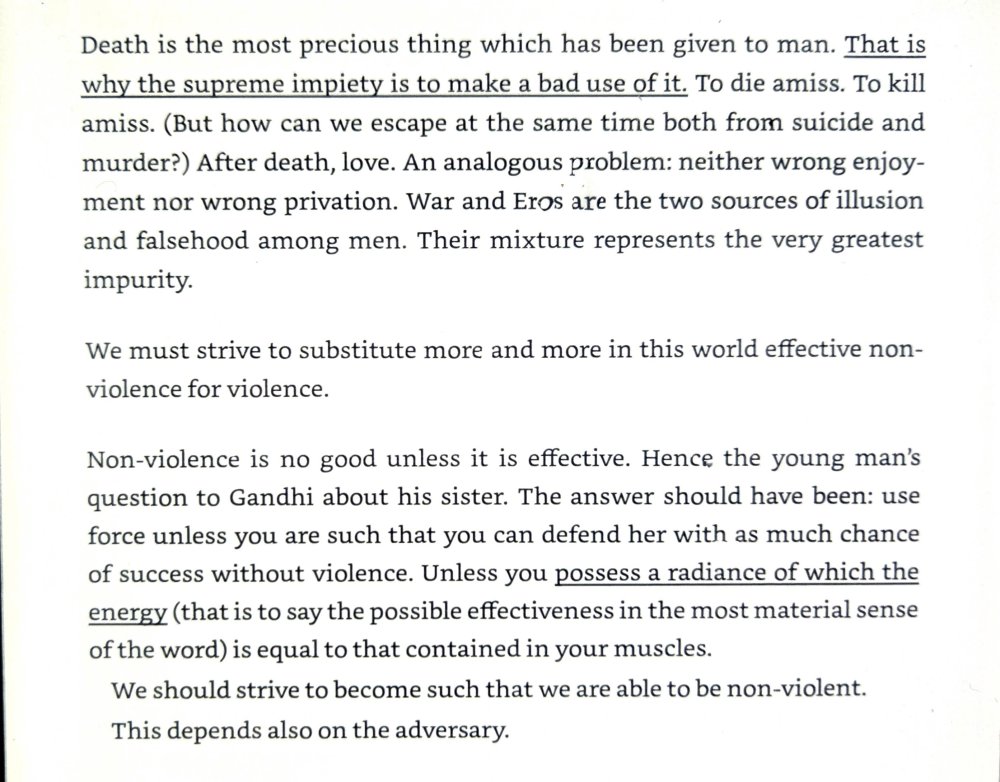
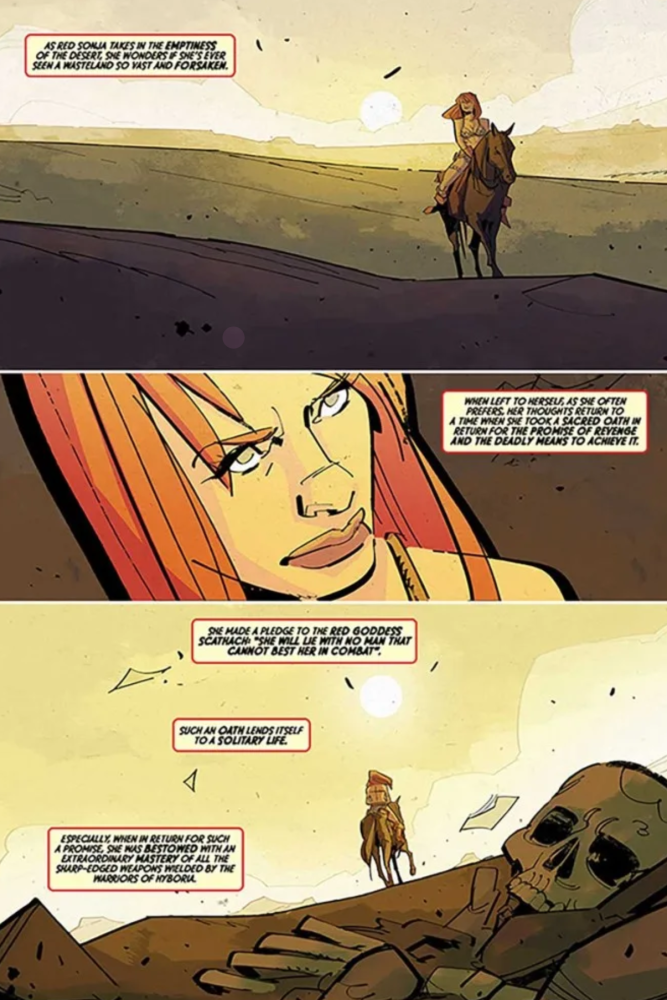


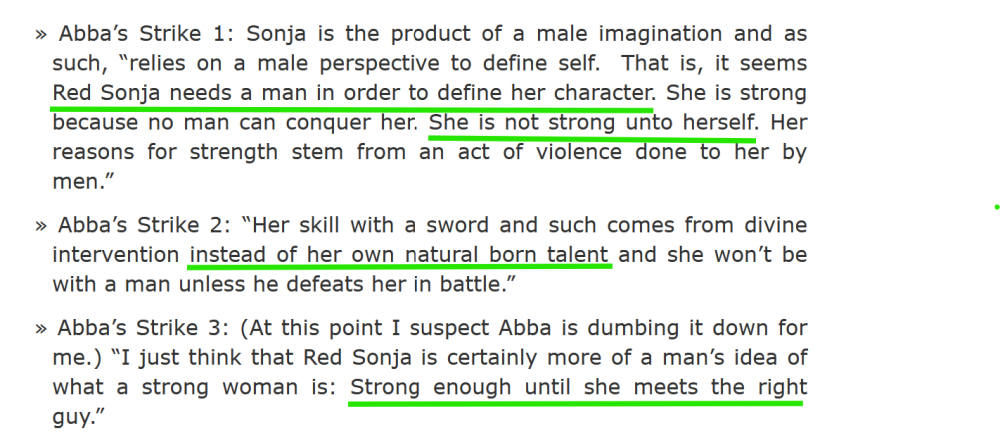
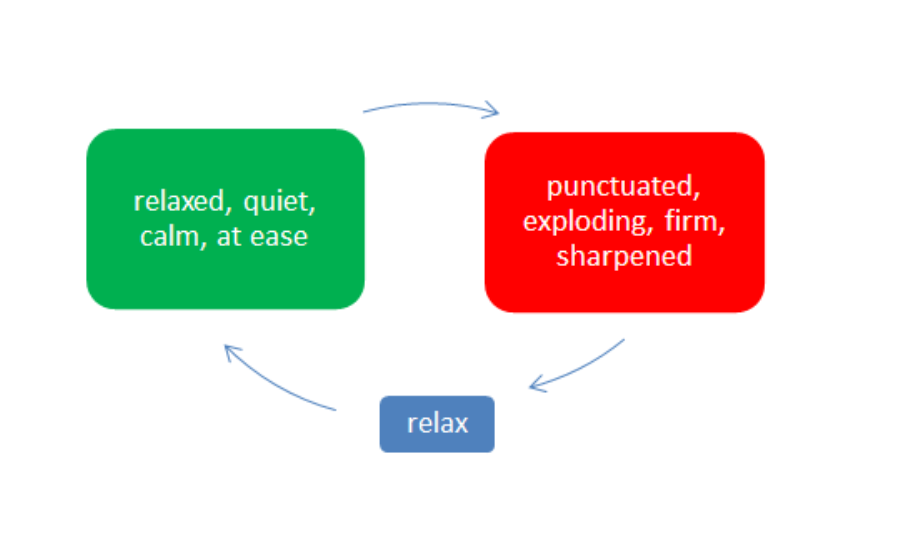
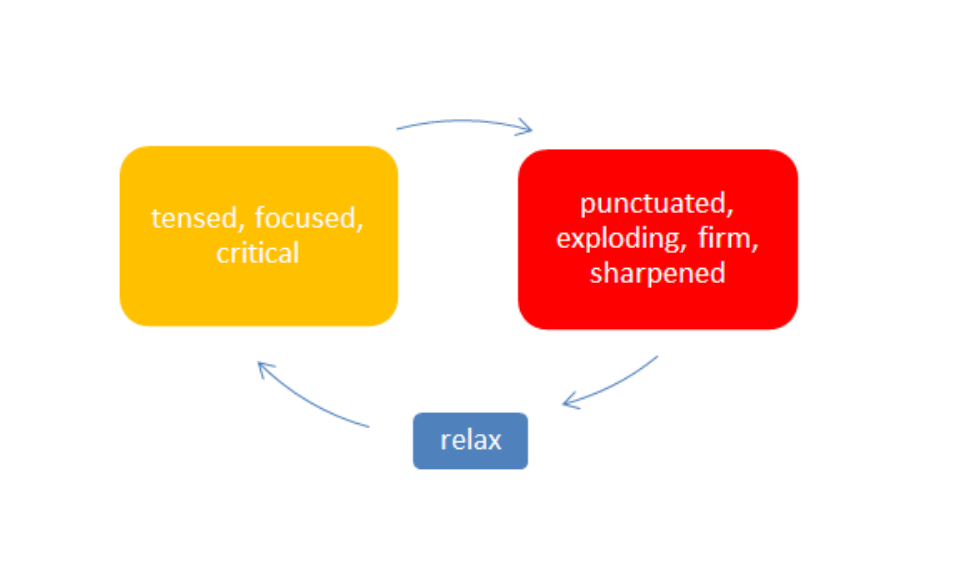

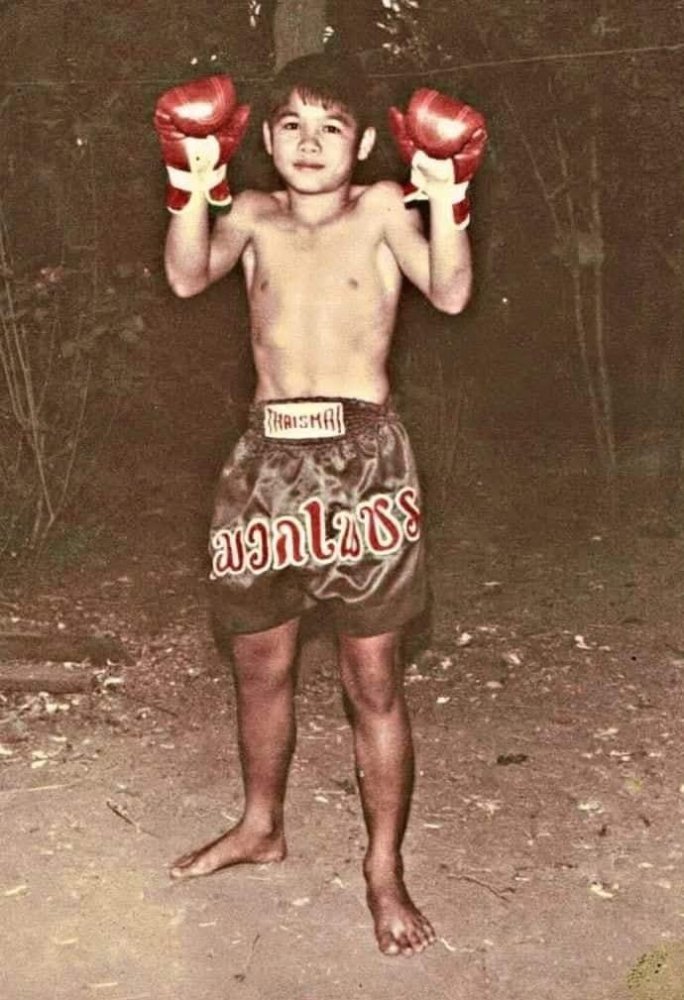
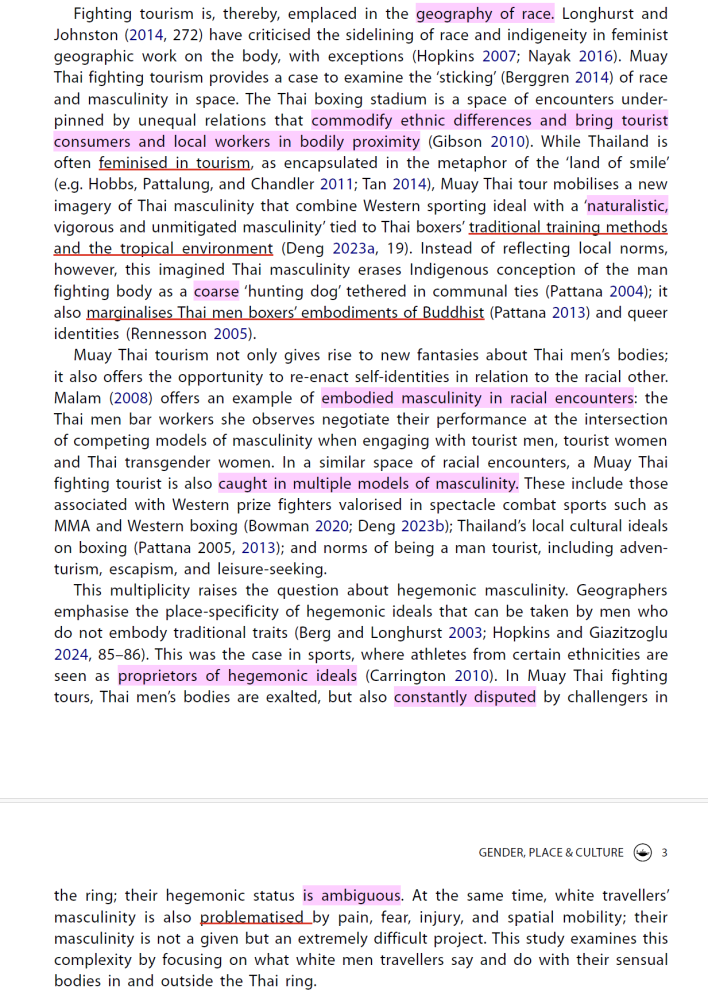

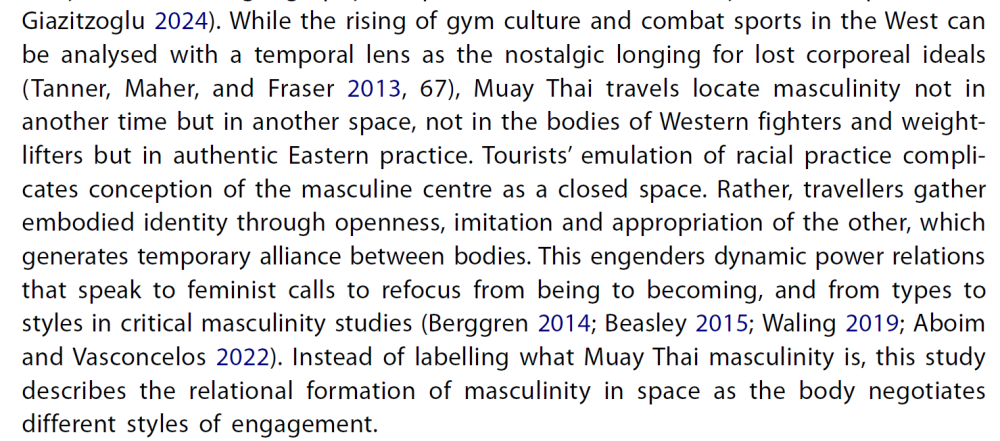

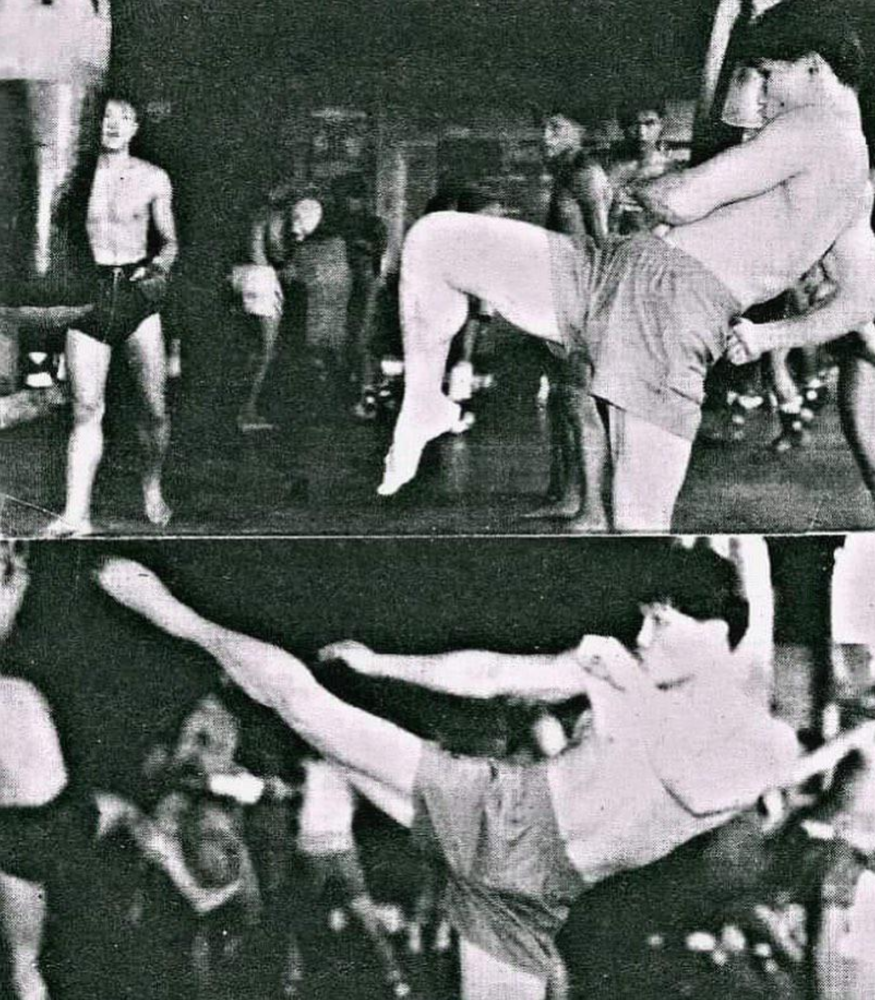
.jpeg.22151b2e9cdd4278edab975836c4a319.jpeg)

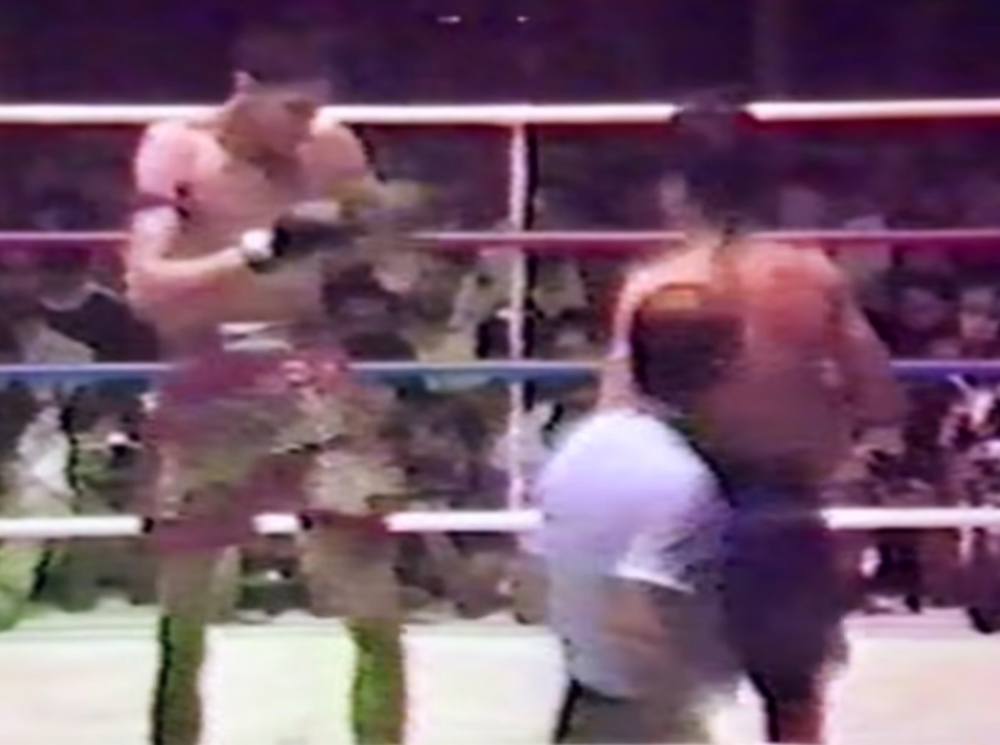
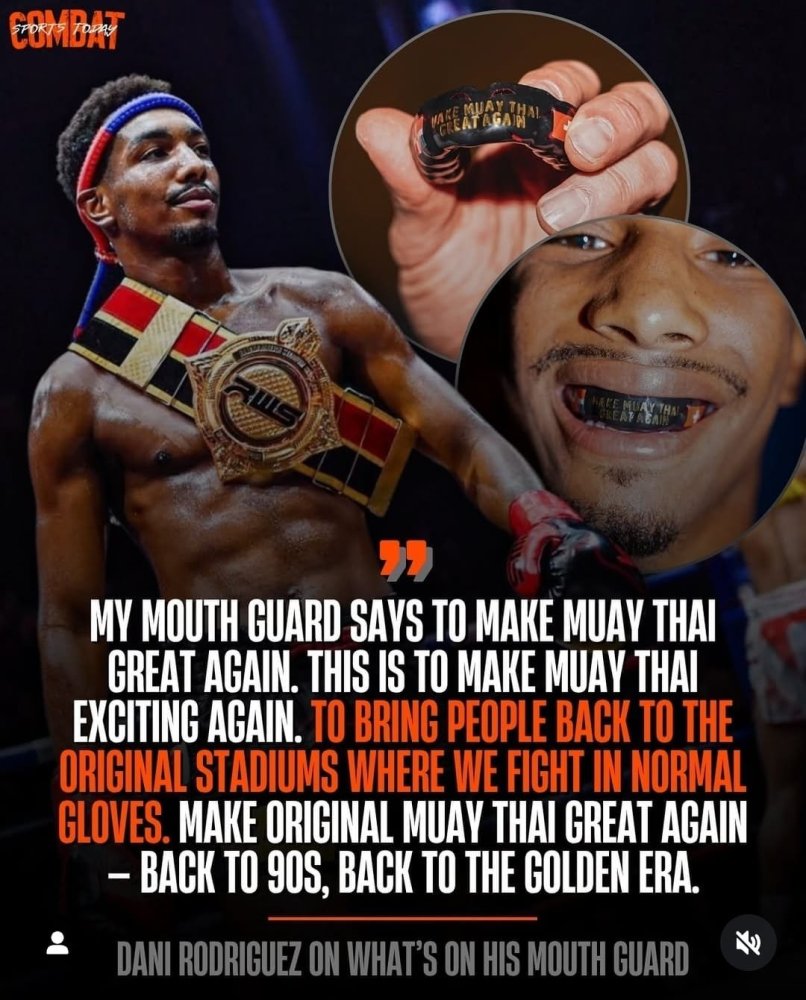
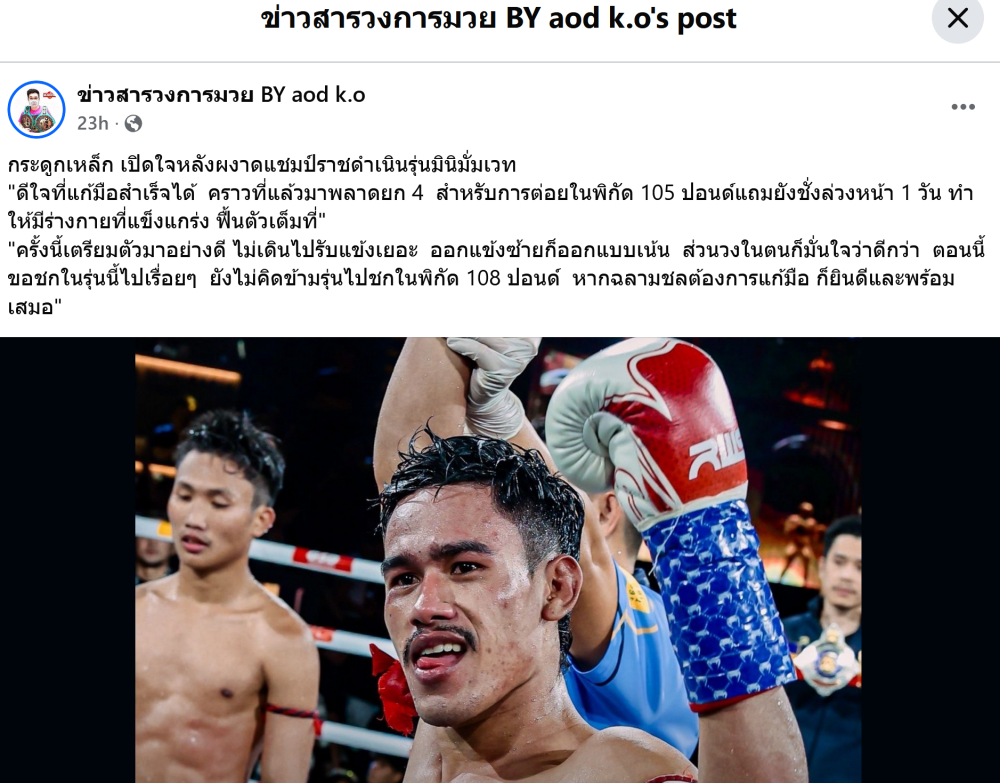
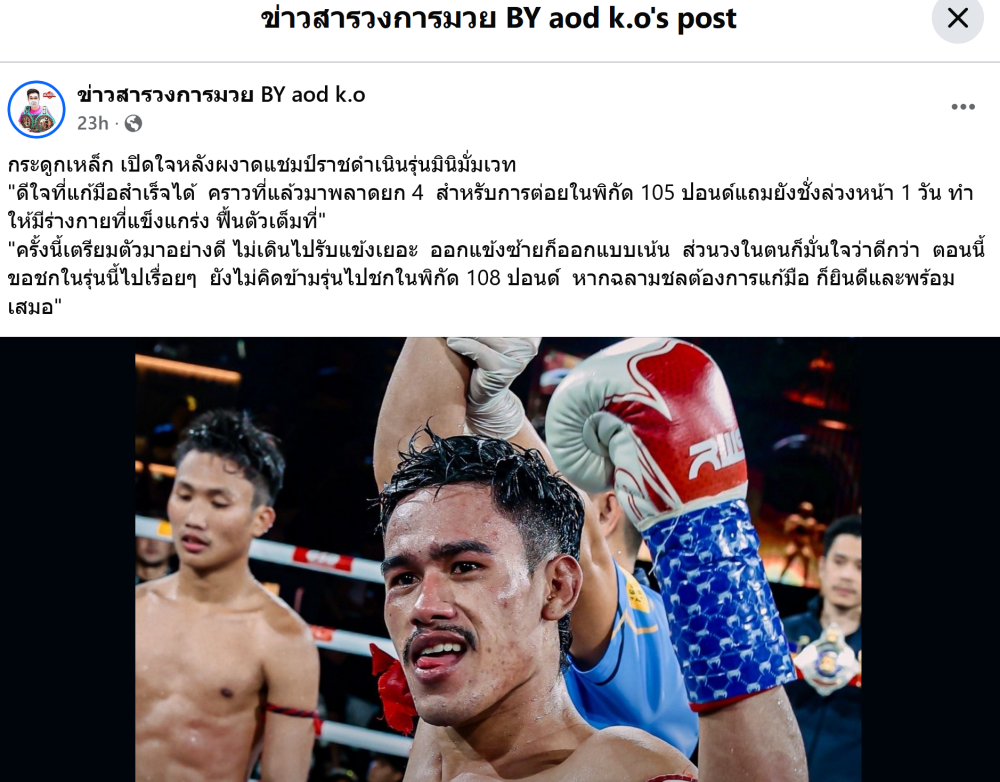
.thumb.jpg.b98b8d1397153d4c7bb308e086555d20.jpg)
.thumb.jpg.a88c8740156f9c0231ca5fc67d0bd107.jpg)
.thumb.jpg.8e0987158a6aa28b88299a44f7e6903f.jpg)
.thumb.jpg.d56e12017f5ac2e95735d732a66f48f1.jpg)
.thumb.jpg.31d2ff33f124606df1f60c8af67a37e8.jpg)
.thumb.jpg.316426a62ceba8f25171cbe84a4552f8.jpg)
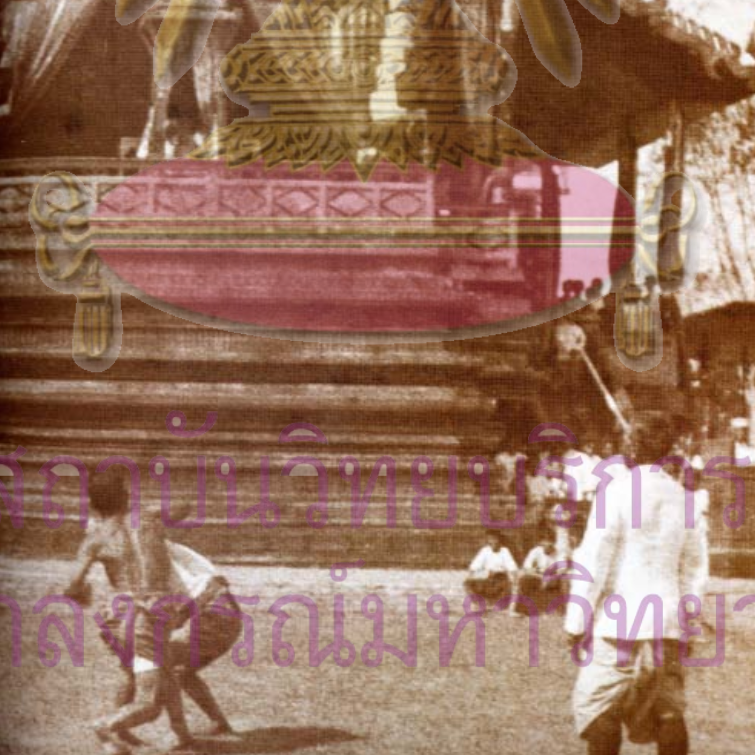
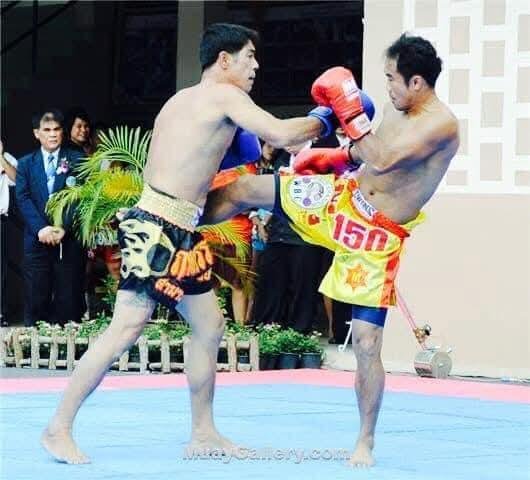

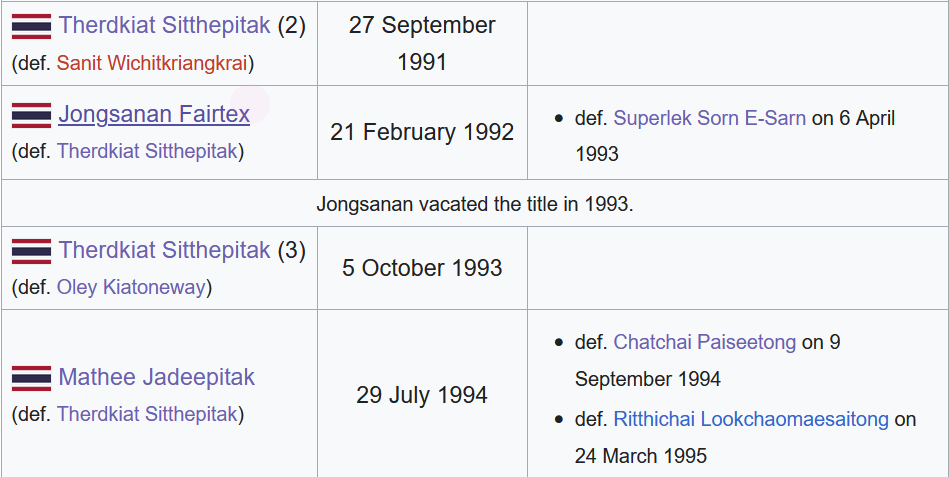
.thumb.png.213f128a2f0c1f0952e38a74475a2460.png)